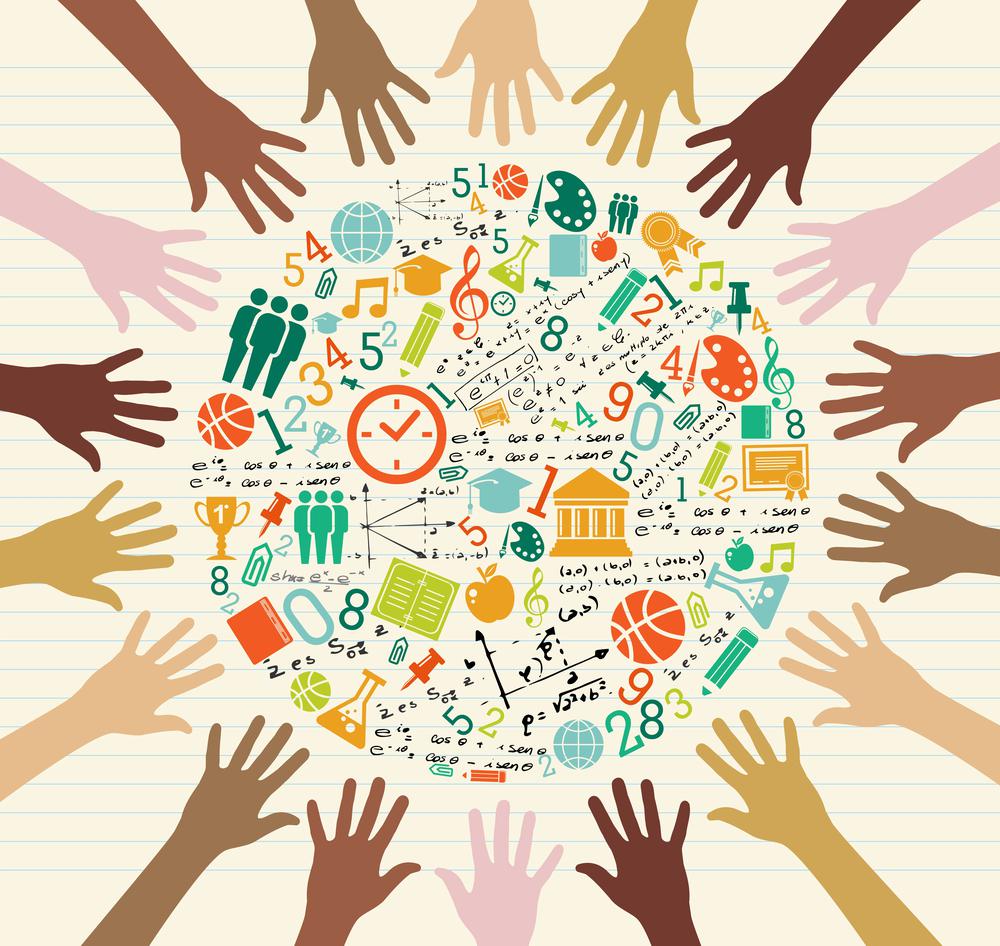Q1. "An important point in Syed's book is that cognitive values of diversity can only be realised if people maintain some distinctiveness. Not all subscribe to the same perceived organisation norms regarding how to think, speak, act, and thus become 'intellectual clones'. Why might such assimilation occur? When and how, if at all, should organisations aim to counteract it?"
Contextually speaking, ‘diversity’ refers to the myriad of experiences and perspectives employees bring to their organisations owing to various individual differences (i.e., age, gender, race, sexual orientation) (Armstrong & Taylor, 2023). In 2019, Matthew Syed published the book, “Rebel Ideas: The Power of Diverse Thinking” to explore the benefits of diversity to organisationally valuable skills, i.e., decision-making and problem-solving (Syed, 2019). The book recommends an assortment of applied insights to raise organisational awareness of diversity’s importance and encourage the creation of equitable workplace cultures (Syed, 2019).
Juxtaposed to diversity is ‘assimilation’. This refers to the conscious or unconscious adoption/homogenisation of diverse individuals to organisationally validated characteristics, behaviours, and/or norms (Syed, 2019). The dynamics that may contribute to this include (1) ‘pressure’ to achieve a perceived ‘fit’, (2) ‘admonishment’ or fear of rejection, (3) ‘unconscious’ awareness of the biases shaping behaviours, (4) ‘deference’ to perceived sources of authority, and (5) ‘ease’ with adopting the given norms. Organisations may also implicitly promote assimilation by attributing importance to specific values. This could range from the normalisation of procedures to improving productivity through fewer resources or consistency of expectation (Bahrami et al., 2021).
In the long term, assimilative practices have organisational implications. For example, they may exhibit ‘groupthink’ or patterned thinking (Armstrong & Taylor, 2023). Should most employees conform to organisational norms, collective flaws can quickly go unobserved as dissenting perspectives are curtailed (Bahrami et al., 2021). Assimilation can also lead to a reduction in employee engagement and motivation. This may happen as diverse, independent, critical outlooks go unheeded. It could even lead to violating employment law if inequitable or discriminative practices are perpetuated. Some preventative approaches to these trends could see organisations actively encouraging individuals to share their perspectives, celebrate distinctiveness, or have equality and inclusion training/development programmes (Syed, 2019).
References
- Armstrong, M., & Taylor, S. (2023). Managing diversity and inclusion. In Armstrong’s Handbook of Human Resource Management Practice: A Guide to the Theory and Practice of People Management (16th ed., pp. 298-302). Kogan Page.
- Bahrami, B., Deory, O., & Sulik, J. (2021). The Diversity Gap: When Diversity Matters for Knowledge. Perspectives on Psychological Science, 17(3), 757-767. https://doi.org/10.1177/17456916211006070
- Syed, M. (2019). Rebel Ideas: The Power of Diverse Thinking. John Murray Publishers.

Q2. "Why should we care about the instrumental value of diversity? What, if anything, does it add to the moral case for inclusion and equality?"
Four intersections need to be defined before exploration can ensue. (1) ‘Diversity’ refers to the plethora of characteristic differences/similarities among individuals. This may include age, gender, race, sexual orientation, or perspectives and experiences (i.e., the home population of a metropolitan city, such as London). (2) ‘Moral’ refers to right/wrong principles or values attributed to human conduct (i.e., the ‘Golden Rule’ of treating others as you wish to be treated). (3) ‘Inclusion’ refers to the intentional construction of environments conducive to the full participation of diverse groups (i.e., the destination of ‘equality’) (Syed, 2019). (4) ‘Equality’ refers to the work to realise the belief that all individuals, regardless of barriers, perceived or otherwise, are entitled to equal treatment, dignity, and access to opportunities (i.e., the journey to ‘inclusion’) (Bahrami et al., 2021).
Diversity has an ’instrumental’ value due to the practical benefits of having multifaceted perspectives/experiences within an organisation’s workforce (Syed, 2019). For example, innovative and creative employees can lead to improved problem resolution (Syed, 2019). It also follows that the presence of unique ideas challenges patterned thinking, which is antithetical to competing innovatively. A diverse workforce may also enhance multinational companies' (MNCs) market reach. This can happen as the needs and concerns of diverse customer bases are implicitly understood (Syed, 2019).
These tangible benefits significantly contribute to the moral case for inclusive/equitable practices within organisations. It does this by demonstrating the systemic fault of maintaining the marginalisation of diverse groups on two fronts: the practical and the ethical (Armstrong & Taylor, 2023). Regardless of global socio-economic norms, if equitable workforces lead to better outcomes for individuals, organisations, and societies, it incentivises implementation (Syed, 2019).
References
- Armstrong, M., & Taylor, S. (2023). Managing diversity and inclusion. In Armstrong’s Handbook of Human Resource Management Practice: A Guide to the Theory and Practice of People Management (16th ed., pp. 298-302). Kogan Page.
- Bahrami, B., Deory, O., & Sulik, J. (2021). The Diversity Gap: When Diversity Matters for Knowledge. Perspectives on Psychological Science, 17(3), 757-767. https://doi.org/10.1177/17456916211006070
- Syed, M. (2019). Rebel Ideas: The Power of Diverse Thinking. John Murray Publishers.








